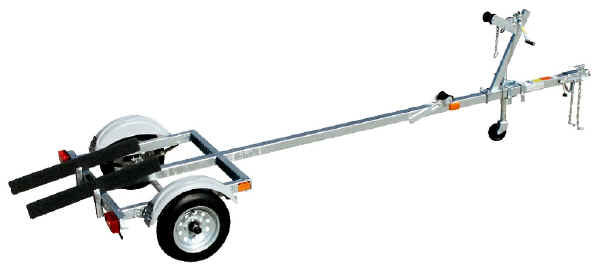RobJ
Elite Member
Very nice, and you can even dump your tractor out of it when unloading!!
patrick_g said:Redbug, You can buy crushed walnut shell or some folks even use really course silica sand. You put down a coat of paint over all or part of the deck (wherever you want non-skid) and spread on the granulated material of choice. You can shpape the ares to be treated with masing tape. When the paint dries then you sweep off the excess granular material that isn't adhered by paint and paint again. Don't go crazy on the second coat, just enough to cover. After the second coat dries you have a nice non-skid finish as is done on boats where tilted slipery wet and fishy decks have to be walked on.
This is way better than the peel and stick anti slip strips, more work, but way better.
Pat
jarokoro said:I
The formula for axel placement is: Trailers with a frame length less than 10’ or less the axel should be ½” per foot behind the center of the frame.
Trailers with a frame length of 10’ or more add 1” per foot of trailer length over 10’
Example: Single axel trailer frame 12’ long. (1/2”x10) + (1”x2) = 7”, so the axel should be centered 7” behind the frame center.
Example Tandem axel trailer 16’ long. (½” x10) + (1”x6) = 11” behind the frame center.
